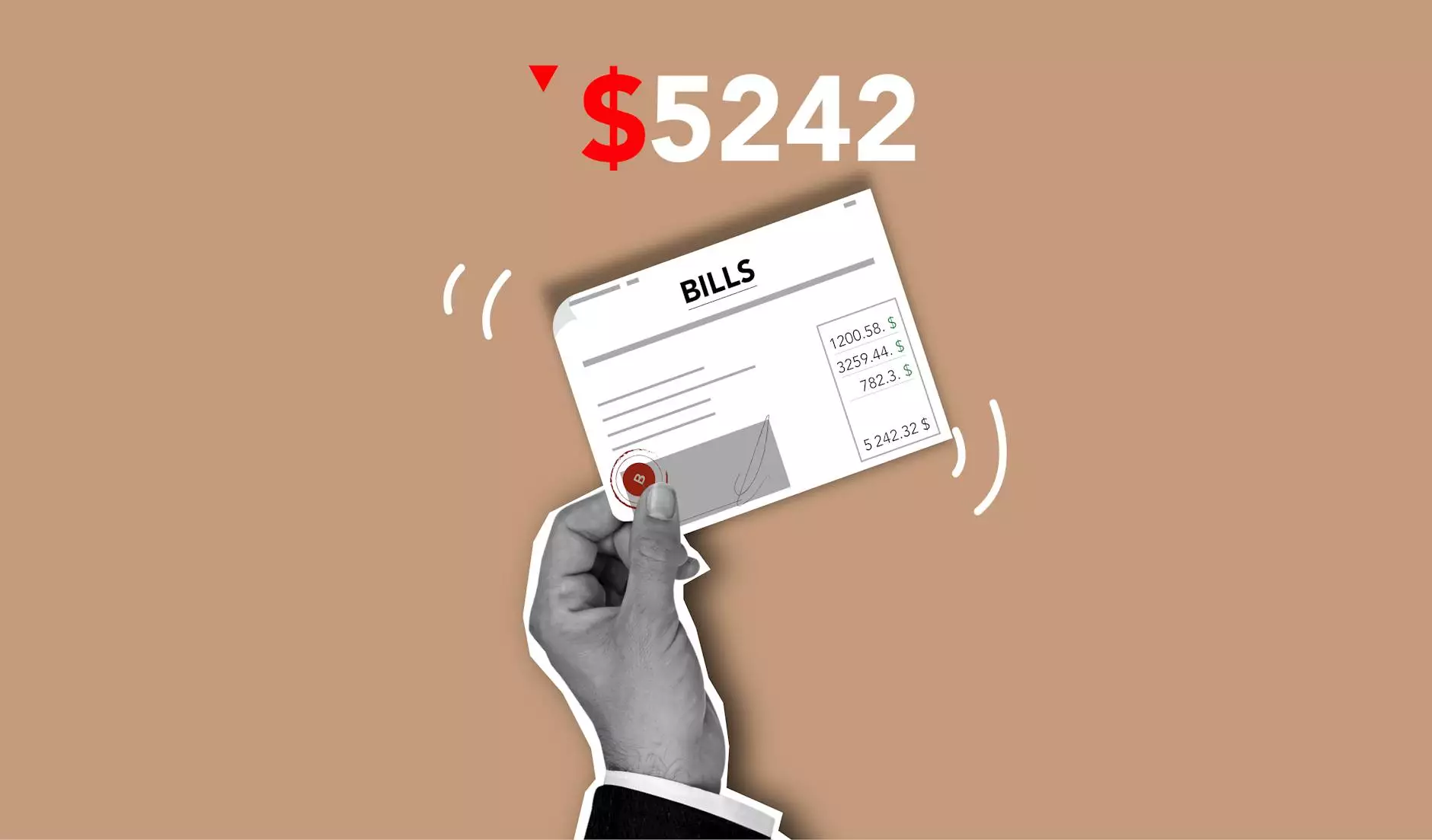How Does a Mortgage Work?

Understanding Mortgages
Are you considering purchasing a new home? Understanding how a mortgage works is essential to making informed decisions. At Social Service of America, we believe in providing comprehensive information to individuals looking to navigate the mortgage process. In this guide, we'll walk you through the intricacies of obtaining a mortgage and help you gain a better understanding of the steps involved.
What is a Mortgage?
A mortgage is a type of loan used to finance the purchase of a home. It acts as a legal agreement between a borrower (you) and a lender (usually a bank or a financial institution). The lender provides funds to purchase the property, and you agree to repay the loan amount, including interest, over an agreed-upon period.
Types of Mortgages
There are different types of mortgages available, each with its own terms and conditions. Let's explore some of the most common types:
- Fixed-rate Mortgage: This type of mortgage offers a fixed interest rate for the entire loan term, providing stability and predictable monthly payments.
- Adjustable-rate Mortgage (ARM): With an ARM, the interest rate fluctuates over time, typically based on an index. The initial rate is usually lower than that of a fixed-rate mortgage, but it may increase or decrease in the future.
- Government-insured Mortgage: These mortgages are backed by the government, such as the Federal Housing Administration (FHA) loan or the U.S. Department of Veterans Affairs (VA) loan, offering various benefits for eligible individuals.
- Interest-only Mortgage: An interest-only mortgage allows you to pay only the interest on the loan for a specific period, typically for the first few years. After that, you'll need to start repaying both the principal and interest.
The Mortgage Process
Step 1: Preparing for a Mortgage
Before you start the mortgage application, it's important to review your financial situation and determine what you can comfortably afford. This includes assessing your income, expenses, and any existing debts.
Step 2: Mortgage Pre-approval
Obtaining pre-approval from a lender can provide you with an advantage when house hunting. It involves submitting your financial documents to the lender, who will assess your creditworthiness and determine the maximum loan amount you qualify for.
Step 3: Finding the Right Mortgage
Choosing the right mortgage for your needs is crucial. Consider factors such as interest rates, loan terms, and any additional costs or fees associated with the mortgage. Conduct thorough research and compare different options to find the best fit for you.
Step 4: Applying for a Mortgage
Once you've identified the mortgage you want, it's time to complete the application process. Prepare the necessary documentation, which typically includes proof of income, identification documents, and details about the property you wish to purchase.
Step 5: Mortgage Underwriting
During the underwriting process, the lender reviews your application, verifying the information provided and assessing the risk associated with lending to you. They may request additional documents or conduct property appraisals.
Step 6: Mortgage Approval and Closing
If your application is approved, you'll receive a loan commitment letter outlining the terms and conditions. The closing process involves signing the necessary paperwork, paying any applicable fees, and transferring ownership of the property.
Choosing the Right Mortgage Lender
When it comes to choosing a mortgage lender, it's crucial to consider several factors:
- Reputation and Experience: Look for a lender with a solid reputation and extensive experience in the mortgage industry.
- Interest Rates: Compare interest rates offered by different lenders to ensure you're getting a competitive rate.
- Customer Service: Good customer service is invaluable, especially when you have questions or concerns during the mortgage process.
- Loan Terms: Review loan terms and conditions in detail, including any penalties or fees associated with early repayment.
Mortgage Tips and Best Practices
Here are some helpful tips to keep in mind as you navigate the mortgage process:
- Save for a Down Payment: Saving for a down payment can help you secure better loan terms and lower interest rates.
- Maintain Good Credit: A strong credit score can positively impact your ability to obtain a mortgage with favorable terms.
- Consider Additional Costs: In addition to the mortgage payments, factor in additional costs such as property taxes, insurance, and maintenance expenses.
- Consult with Professionals: Seeking guidance from a mortgage professional or financial advisor can provide invaluable insights throughout the process.
- Read and Understand Documents: Thoroughly review all loan documents and seek clarification on any terms or conditions you don't understand.
Conclusion
With a comprehensive understanding of how mortgages work, you can confidently embark on your journey towards homeownership. At Social Service of America, we're dedicated to providing the knowledge and resources you need to make informed decisions. Remember, obtaining a mortgage is a significant financial commitment, so take the time to research, compare options, and consult professionals to ensure you find the right mortgage for your needs.










